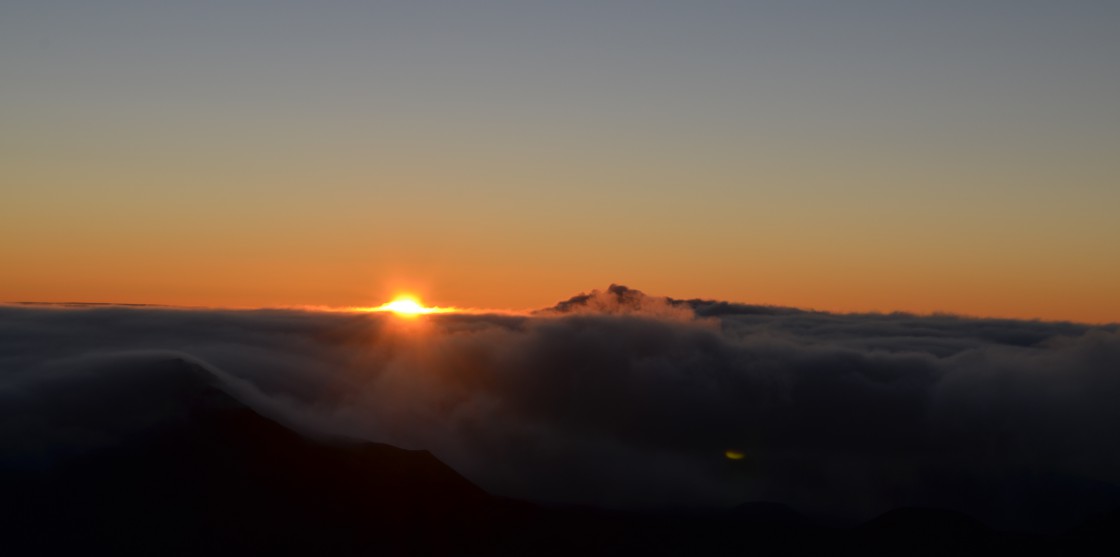 The magus, one of the wise men from the East in T. S. Eliot’s Journey of the Magi, looks back, reflecting on his experience, painful and tedious, recalling his fear of the folly of following that silent, glistening star that led to the Bethlehem manger. Many years after, a question, laden with insecurity and doubt, lingers: “Were we led all that way for Birth or Death?”
The magus, one of the wise men from the East in T. S. Eliot’s Journey of the Magi, looks back, reflecting on his experience, painful and tedious, recalling his fear of the folly of following that silent, glistening star that led to the Bethlehem manger. Many years after, a question, laden with insecurity and doubt, lingers: “Were we led all that way for Birth or Death?”
A child was born, so he had experienced birth, but also death…
Astrology was his life’s labor; his existence literally centered on gazing at – and finding magic, meaning in –stars. And there, in the presence of the swaddling-clad newborn, the magus sensed the dying of his world, his way of life. That night, he and his comrades, Matthew recounts in language symbolic of change, went home “by another road.” As Eliot conceives of it, the magus, in his old age, knows everything had changed. From that night ages ago in Bethlehem, he had returned home, surrounded by familiar physical trappings, but never again to be at home; since then, his spiritual bearings having been shaken, a strange place. He muses:
This Birth was Hard and bitter agony for us, like Death, our death.
We returned to our places, these Kingdoms,
But no longer at ease here, in the old dispensation,
With an alien people clutching their gods.
Yet (perhaps only) in death he found the possibility of rebirth, of new life. Maybe, too, for me…
I reflect on words I penned in my journal on January 6, 2014, as I contemplated my retirement, then a year hence:
There are times and seasons of calling
when signs appear, bidding that I come
on a journey, though one not always straight or smooth,
but filled with trial and test.
Still, only when I dare embark
can I know the meaning of the beckoning;
one that ever begins within, calling me to change.
Today, a year later, I, like the magus, look back to the place from whence I’ve come, then forward imagining what may come. It’s all about life, which is all about journeying, which is all about change.
Nothing – not the world around me, not I myself – is static. Even when I sit silent and still, life without, what I experience, and within, what I think and feel, evolve. And through every passing instant things without and within are growing, aging, dying, renewing. Hence, any sense of being stationary is illusory.
Yet, even with life’s constant change, I am not stripped of power or relieved of need to choose. I can embrace or resist the daily call to engage life’s twin, simultaneous movements of being and becoming, each always portending change.
So, I wonder, what is the sign, the star that bids me come? What is the trial or test awaiting me to which I can say “yes” or “no”?
At month’s end, I retire after 37½ years of active ministry. Over that period, serving five parishes in Missouri, Illinois, South Carolina, and Washington, DC. Each different, one from the others, in corporate personality, social structure, racial composition, and regional locale, yet, as church communities, similar in organization and function, in annual patterns and seasonal rhythms – this latter aspect, offering a good deal of predictability, even certainty. Though there are some things I know about my retirement, which, more than metaphorically spells a death to my old way, there is much about this new life that I do not, cannot know. Yet, in light of an essential detail of Matthew’s story, one thing, like a glistening, beckoning star, seems clear.
The magi were from the East, perhaps Arabia, Babylon, or Persia (modern-day Saudi Arabia, Iraq, or Iran). They, possibly Arab, outsiders in Matthew’s story, in paying homage to Jesus, a Jew, were incarnations, embodiments of radical hospitality. They to Jesus and Jesus to them, all initially “the other”, became another – persons named and known. The cultural, racial, tribal boundaries that define, therefore exclude, were broadened, obliterated to include.
This, inclusion, I believe, is always the star, the call, the trial and test, the “yes” or “no” of my life’s journey.
Human development, in part, runs along an arc of self-differentiation – that I understand myself as sharing a common humanity, yet possessing a sacred individuality, which allows, compels the proclamation: “I am the only me there is.” Inclusion, however, bids me to understand that my individual identity, thus my sense of the meaning of my existence, is measured in the breadth, the wideness of my embrace of thought and feeling, of intention and action, of empathy and compassion with all others.
Given how intensely I practice the religion of individualism, inclusion, for me, truly is the call of change.
![]() a biblical and personal reflection, based on Matthew 2.1-12, for the Feast of the Epiphany, January 6, 2017
a biblical and personal reflection, based on Matthew 2.1-12, for the Feast of the Epiphany, January 6, 2017


